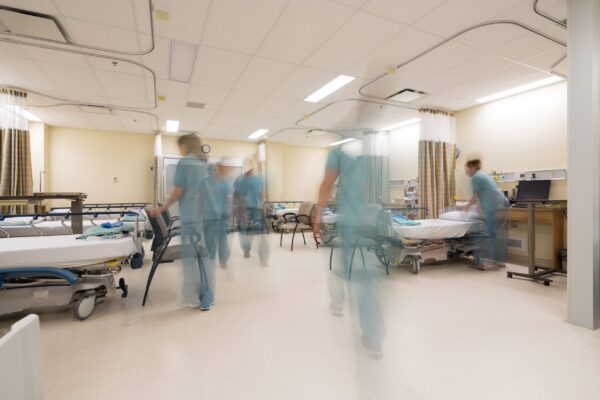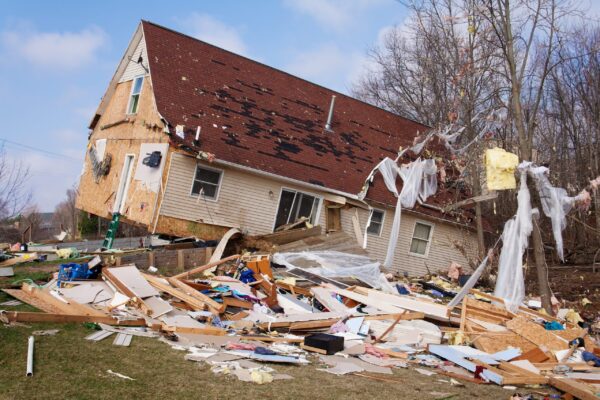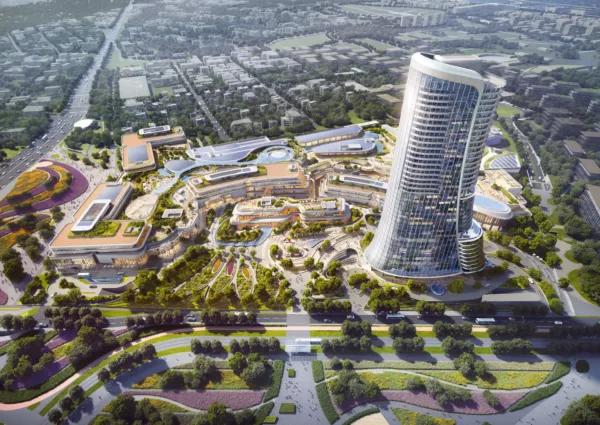

During his 35 years working in the construction industry, Alann M. Ramirez, P.E. has consulted on projects throughout the world. He has resolved disputes, analyzed claims and managed or overseen projects ranging from the United States’ earliest nuclear power plants, to an historic tunnel underneath the English Channel, an oil sands project in Alberta, and a governmental antenna project in Morocco.
Few projects measure up to his experience as a claims consultant on the Petronas Twin Towers in Kuala Lumpur, Malaysia, Ramirez said. The two towers, each 88 stories, were the tallest in the world when they were topped out in 1998 and opened to the public in 1999. The towers, designed to pay homage to Malaysia’s Islamic roots and mark the country’s ascendance as an economic power, were designed by Cesar Pelli, an Argentine American who specializes in high-rise architecture.
The structures’ design is based on Islamic geometric forms of two interlocking squares that together create an eight-pointed star. While the design may be based upon ancient symbolism, the towers took the modern concept of “intelligent” buildings to new heights. According to the Petronas Towers website, both towers are equipped with intelligent systems that coordinate telecommunications, environment control, power supply, lighting, fire and smoke control and building security.
Constructing a building of such height—452 meters (1,482 feet)—above street level required a mix of careful pre-planning and design, and nimble on-site management. According to the towers’ official website, each tower is set back five times in its ascent to maintain the vertical axis and tapering of the design. The walls of the uppermost floors are also sloped inward to taper and meet the pinnacle.
“Constructing a building of that height is different from constructing a building that is lower to the ground. Design changes were necessary to skew the building back into vertical alignment as it was built higher and higher. Otherwise, it would have leaned over in the middle,” Ramirez explained. “With tall buildings construction, you learn many things by experience. Issues arise that you really can’t predict.”
Ramirez was one of a team of Hill International professionals hired by the Japanese joint venture of Hazama and Mitsubishi to help prepare, submit, negotiate and recover various claims incurred during construction of tower one. Hill later was retained by Korean contractor Samsung, along with another Korean contractor, Kuk-Dong, to provide similar services in connection with construction of tower two. Ramirez worked on the claims both remotely, from his office in the United States, and on-site.
“It was a very exciting time to be in Malaysia. The towers were being built, with people from all over the world working on them,” Ramirez said. “There were several other projects going on as well, as Malaysia was preparing for the Pan-Asian Games a couple of years hence.”
Seemingly overnight, Malaysia was getting a lot of attention from the rest of the world. It was a great time to be there,” Ramirez said.
The Petronas Twin Towers were eclipsed by Taipei 101 in Taiwan in 2003. At 509.2 meters (1,671 feet) and 101 stories tall, Taipei 101 is a tangible, post-modern symbol of Asian economic power. Notably, Taipei 101 was designed before the U.S. Green Building Council launched its coveted LEED certification program for sustainable or “green” construction. Yet, the mammoth structure was the most sustainable building of its type constructed to-date, and helped set benchmarks that LEED still uses today. The skyscraper also was designed to withstand both typhoons and earthquakes.
“Since its completion in 2004, it has become an icon for Taipei City, Taiwan, and has set the quality and performance benchmark for super-tall buildings in Asia,” the U.S. Green Building Council states on a webpage devoted to the project.
Constructed between 1999 and 2004, Taipei 101 held the record as the world’s tallest building for six years.
In 2010, Dubai capped an unprecedented spate of development with the opening of the Burj Khalifa. The Burj Khalifa, at 830 meters, or 2,722 feet, has held the title of the world’s tallest building since its completion and opening in early 2010. Like the Petronas Towers did for Malaysia, and Taipei 101 for Taiwan, the Burj Khalifa brought world attention to Dubai, and was an integral part in the transformation of the emirate from a sleepy Gulf outpost to an economic and development powerhouse that raised the profile of each of the United Arab Emirates.
Haroon Niazi, a Hill International vice president, is part of a team providing claims management services on the Kingdom Tower in Jeddah, Saudi Arabia. When it is completed in 2019, the Kingdom Tower is expected to unseat the Burj Khalifa as the world’s tallest building. It will rise one full kilometer (3,280 feet) above ground—180 meters (or 591 feet) taller than the Burj Khalifa. Like other “super-tall” buildings before it, the tower will be the centerpiece of Kingdom City, a massive development project in northern Jeddah. The tower and adjacent mixed-use development are expected to drive both local and regional economies and help Saudi Arabia and the greater region reduce their reliance on oil as a primary source of income. Also like its predecessors, the Kingdom Tower will incorporate the latest technologies and systems, making it one of the safest, sturdiest, most sustainable skyscrapers to-date.
The Kingdom Tower and surrounding Kingdom City are being built in northern Jeddah, on an undeveloped swath of land on the Red Sea about 20 kilometers north of Jeddah’s busy port. Both Kingdom Tower and Kingdom City are the vision of Saudi Prince Al-Waleed bin Talal.
Kingdom Tower was designed by Chicago-based architect Adrian Smith of Adrian Smith + Gordon Gill Architecture. Smith also designed the Burj Khalifa, and is working on plans for the world’s first mile-high skyscraper, an idea he was forced to scrap in Saudi Arabia, after it was determined that the kingdom’s desert soil could not support the Kingdom Tower’s height.
Niazi began working on the Kingdom Tower project 18 months ago, providing claims management services to global contractor Saudi Binladin Group. Much has changed since the Petronas Towers were erected, Niazi said. “Safety measures, technology and sustainable design have evolved and changed,” he said. Construction regulations also have changed, he added. “Now, there is more emphasis on the health and safety of the workers and on the functional elements of health and safety to benefit the building’s end-user. Managing the different risks of working at heights, whilst at the same time ensuring measures are incorporated in the design that have the effect of providing far reaching protection for the end user is fundamental” Niazi said.
On the site of One World Trade Center in New York City, the tallest building completed in 2014, security and safety were part of the project from the earliest days of design. One World Trade Center is the tallest building on the 6.5 ha (16-acre) World Trade Center site in Lower Manhattan, the tallest in the western hemisphere and the currently fourth tallest in the world. One World Trade, owned by the Port Authority of New York & New Jersey, is part of a massive, multi-year redevelopment of the World Trade Center site following the 9/11 terrorist attacks in 2001. The highly secure site also includes the striking World Trade Center Transportation Hub, which connects commuters with both metropolitan and suburban transit lines both inside and outside of the city, as well as the National September 11 Memorial & Museum and Four World Trade Center, which opened in 2011 and 2013, respectively. Two World Trade Center, Three World Trade Center and Five World Trade Center are under construction.
In addition to the latest technologies for building safety and security, the World Trade Center site also will contain of a state-of-the-art Vehicle Security Center that spans several underground levels. Every tour bus, construction vehicle, delivery truck, cab and carload of visitors will be required to pass through and be screened by the security center before entering the site. To maintain site safety and help ensure that the facility meets the anticipated demand, all construction-related deliveries to the site now are screened there.
In all, the site includes five new office towers that will provide a total of more than 10 million square feet of new commercial space, the National September 11 Memorial and Museum, which incorporates two, 30-foot-deep cascading pools created in the footprint of the Twin Towers, the new underground Vehicle Security Center, parking areas underneath Towers Two, Three and Four and the Transportation Hub, the Transportation Hub itself; concourses, tunnels, pedestrian bridges and other access-ways to multiple city transit lines, including the new Fulton Transit Center, as well as a new central chiller plant and central fan plants to accommodate the heating, cooling and ventilation needed throughout the site.
“The highly complex infrastructure—including the Memorial pools, repair of the Slurry Wall, the Museum and One World Trade Center, Towers Two, Three and Four—were under construction simultaneously, and the 1 train ran throughout construction,” said Port Authority spokesperson Erica Dumas. “The 16-acre site sits adjacent the Hudson River in a busy urban neighborhood, a site with many large-scale construction projects. To say this project is complex is an understatement.”
Michael V, Griffin, P.E., Hill senior vice president and regional manager, said that complexity and challenges often grow with a building’s height, especially if it is being constructed in a developed, urban setting. Griffin oversaw Hill’s management of the 58-story Comcast Center in Philadelphia, Pennsylvania, which opened in 2008.
“Anything built in an urban environment requires careful planning, construction and project management. Typically, you have limited access to the site, and limited lay-down areas on the site. There are also considerable logistical challenges: how to get materials in and how to store them, and how to construct the building in a way that is least disruptive to its surroundings,” Griffin explained. “The bigger and taller the building, the more pressing and more important those issues are.”
Niazi agreed that while challenges and risks can increase as stories rise, claims and disputes still generally involve the same basic issues.
“My experience is that the causes of and issues surrounding claims remain the same, whether the project involves a skyscraper or another type of project,” Niazi said. “We’re looking at issues regarding schedule delays and cost overruns. Generally, on these types of [tall buildings] projects, there are design changes, or changes that come about as a result of a cost-saving or value engineering [effort],” Niazi added.
Ramirez also agreed. He and other Hill claims experts were at the forefront of the claims avoidance and alternative dispute resolution movements of late 1980s and early- to mid-1990s, which remain important parts of Hill’s slate of services. “When we started the claims avoidance practice, there was a feeling that we’d be working ourselves out of a job,” Ramirez said with a laugh. “But we’re still seeing the same basic problems that are inherent in disputes. The projects are getting bigger and there’s more money involved but the central issues are still the same.”
“Site conditions are always part of disputes. In other cases, parties are not fully recognizing the scope of work and their obligations under the contract,” Ramirez continued. “Also, schedule delays still are prevalent. Parties start out very optimistic, thinking that a project can be done for a specific [dollar] amount and in a specific time period, but the reality is that things come up. Things happen, the schedule and budget start to slip and there are disputes over who is at fault, and who’s going to pay. It’s a scenario that I don’t think is going to change, regardless of how tall buildings get.”
In addition, today’s tall buildings projects often have numerous stakeholders, each with different agendas, concerns, risk tolerance and level of commitment to the team and the project itself. “Getting tall buildings and other mega-projects done can be difficult, because of the sheer number of stakeholders that may be involved,” Ramirez said.
Dereck Baker, a Hill International site coordinator working on the World Trade Center Transportation Hub, said teamwork among project stakeholders on mega-projects is vital. Stakeholders on the Transportation Hub project include the Port Authority, the New York City Mayor’s office and various city agencies, the states of New York and New Jersey and their involved agencies, the [U.S.] Federal Transit Administration, developers, adjacent property owners, project architects, contractors, subcontractors, tenants, 9/11 victims’ families and even the public.
“This site is being developed while trying to respect the families of the victims, the needs of our neighbors and the needs of the public,” Dumas added. “There is an incredible amount of accountability felt by those involved in the rebuilding of the World Trade Center site.”
“The Port Authority has put together a tremendous team,” Baker said. “The people working on this project are one-of-a-kind; the best of the best. You’re not going to find this kind of talent, this kind of dedication, in one place at one time—and for such a duration, for such a number of years—ever again.”
In Asia, demand for housing, amenities and infrastructure from skyrocketing populations is driving an unprecedented rise in skyscraper construction.
“In Indian urban settings, the driver is clearly the shortage of available land which, coupled with the continuing demand for modern housing and the upward mobility of the population, going vertical as opposed to lateral is the only way to go,” Kefalas said. “You have to remember that Asia is home to a very large population and, in most countries, there is and will be even more so a great urbanization of the population that is predominately now in the rural areas. India alone will urbanize more than 300 million people in the next 10 years, so overall in Asia, do expect the urbanization of more than 500 million by 2025.”
Most tall buildings will be built in and around Mumbai, India’s most populated city, located on the Arabian Sea in western India. “The city of Mumbai is by far the place for India’s tall buildings because of the scarcity of land in this island city. This will persist even more so as Mumbai attracts every day 5,000 new residents. Other main cities may follow suit, but to a lesser extent and not in great heights,” Kefalas said.
While China has dominated the tall buildings market of late, emerging countries in Southeast Asia could join India in breaking new ground in the vertical market. Vietnam’s tallest building to-date, the 80-plu-story Landmark 81, is under construction and slated for completion in 2018, Kefalas said.
But, expertise in tall buildings construction seems to be, at least for now, falling somewhat short in countries that are building their first world-class skyscrapers. “The single largest issue today is lack of local experience in the execution of tall buildings in certain countries,” Kefalas said. “This puts strains to the contractors and consultants to keep the schedule and quality in tandem.”
Harmony and efficiency among the project team often depends largely upon knowledge of the process and a willingness to work together. That tone often is set by the construction manager or the owner’s representative, Ramirez said. “Construction management is not useful unless the person in charge of the team, and the team itself, is experienced, has the technical skills, and the interpersonal skills to manage the job.”
Griffin said that, like claims issues, construction management principles are much the same regardless of building type or size. “Construction management is helping to solve problems and keeping the process moving. It’s facilitating and helping to make sure people are doing their jobs. It’s helping to make sure that costs are in line, and stemming overruns,” Griffin explained. “The technical aspects may change, but the process is basically the same.”
Today or twenty years ago, whether in the Kingdom of Saudi Arabia or in Kuala Lumpur, New York or New Delhi, tall buildings projects are unique projects that can change the cities they’re in from the ground up. They can transform neighborhoods and local and regional economies, and forever alter skylines. According to the Council for Tall Buildings and Urban Habitat, the world built more skyscrapers and “super-tall” buildings in 2014 than any other year in history. Whether 2015 will break that record remains to be seen.
For the professionals working on one, the experience is unforgettable. “Working on the tallest building in the world is an experience that not many people have,” Ramirez said. “It’s incredibly exciting. There is nothing like it.”
By Tricia M. McCunney
Share
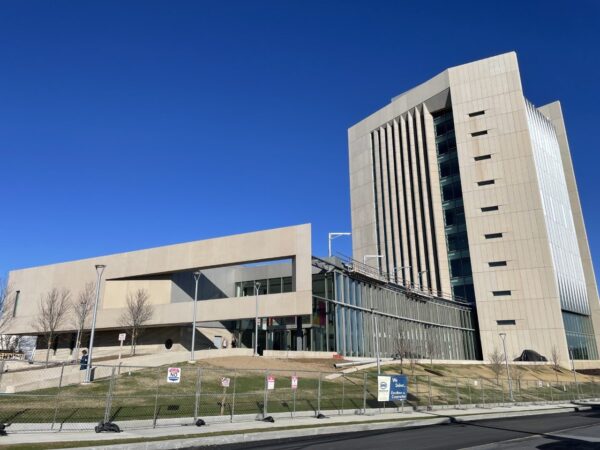
April 11, 2024 | Articles
A Model Move: Managing Move-In at the Sylvia H. Rambo U.S. Courthouse
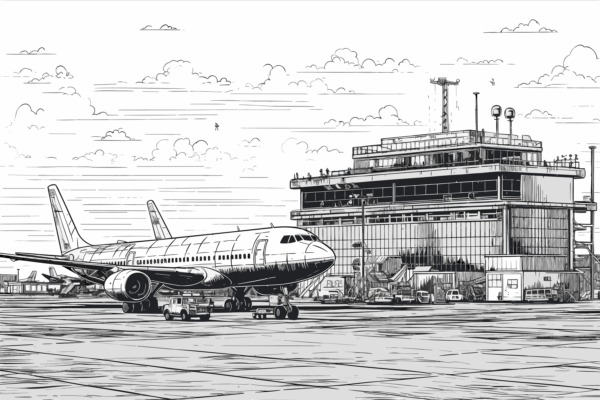
April 8, 2024 | Articles

April 4, 2024 | Articles
Driving Growth and Seizing Opportunity: Lukasz Marcinkiewicz Joins Hill as Country Manager, Poland

April 1, 2024 | Articles
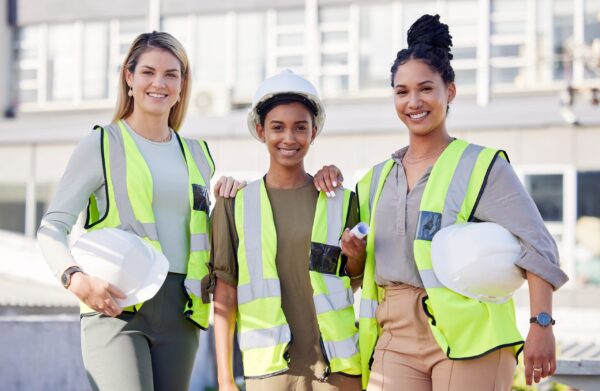
March 27, 2024 | Articles
Building the Future: Women’s Leadership and Community Engagement in the Construction Industry

March 25, 2024 | Articles
Leveraging Data Analytics and Dashboards for Enhanced Project Performance
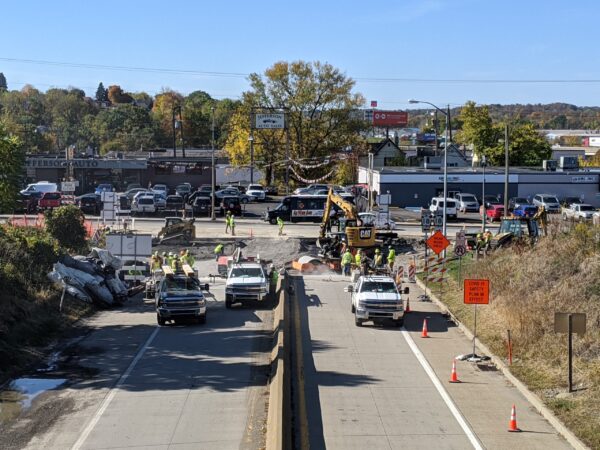
February 26, 2024 | Articles
Continuity, Creativity, and Collaboration: Delivering PennDOT’s Route 18 Signal Upgrade
We and use cookies and other tracking technologies to improve your experience on our website. We may store and/or access information on a device and process personal data, such as your IP address and browsing data, for personalised advertising and content, advertising and content measurement, audience research and services development. Additionally, we may utilize precise geolocation data and identification through device scanning.
Please note that your consent will be valid across all our subdomains. You can change or withdraw your consent at any time by clicking the “Consent Preferences” button at the bottom of your screen. We respect your choices and are committed to providing you with a transparent and secure browsing experience.
| Cookie | Duration | Description |
|---|---|---|
| cookielawinfo-checbox-analytics | 11 months | This cookie is set by GDPR Cookie Consent plugin. The cookie is used to store the user consent for the cookies in the category "Analytics". |
| cookielawinfo-checbox-functional | 11 months | The cookie is set by GDPR cookie consent to record the user consent for the cookies in the category "Functional". |
| cookielawinfo-checbox-others | 11 months | This cookie is set by GDPR Cookie Consent plugin. The cookie is used to store the user consent for the cookies in the category "Other. |
| cookielawinfo-checkbox-necessary | 11 months | This cookie is set by GDPR Cookie Consent plugin. The cookies is used to store the user consent for the cookies in the category "Necessary". |
| cookielawinfo-checkbox-performance | 11 months | This cookie is set by GDPR Cookie Consent plugin. The cookie is used to store the user consent for the cookies in the category "Performance". |
| viewed_cookie_policy | 11 months | The cookie is set by the GDPR Cookie Consent plugin and is used to store whether or not user has consented to the use of cookies. It does not store any personal data. |

